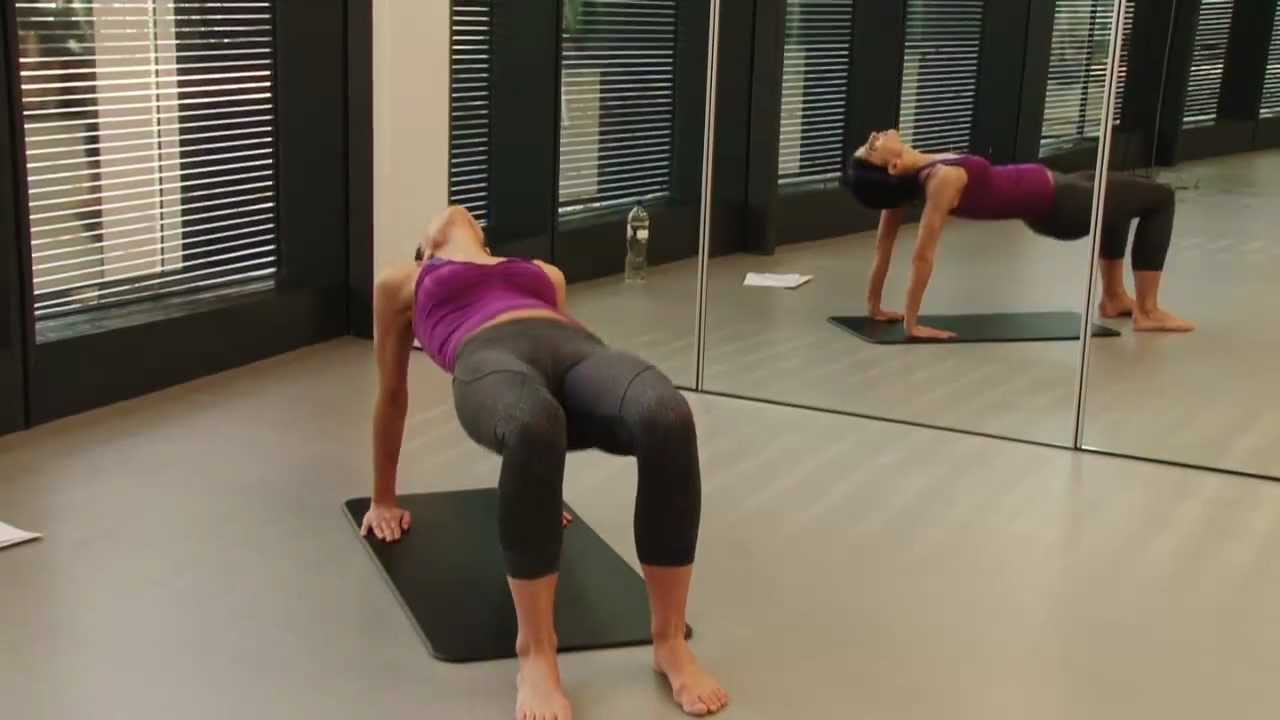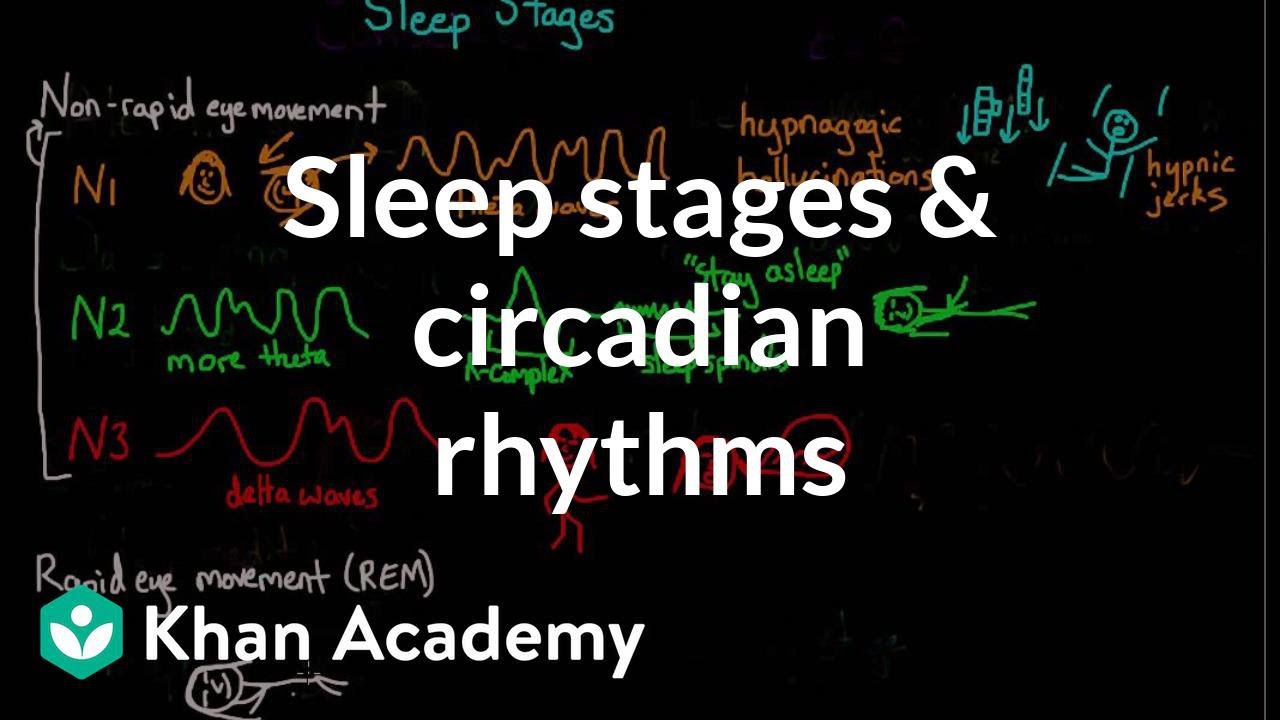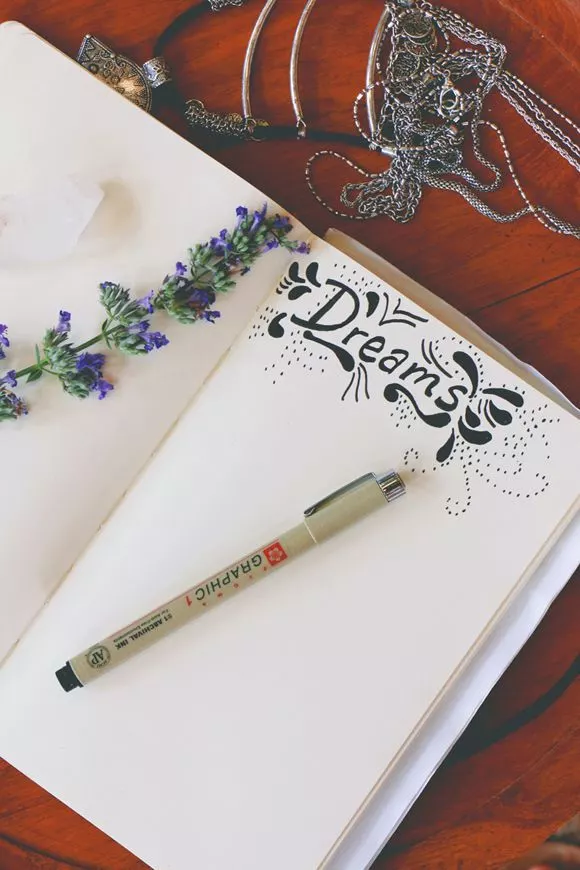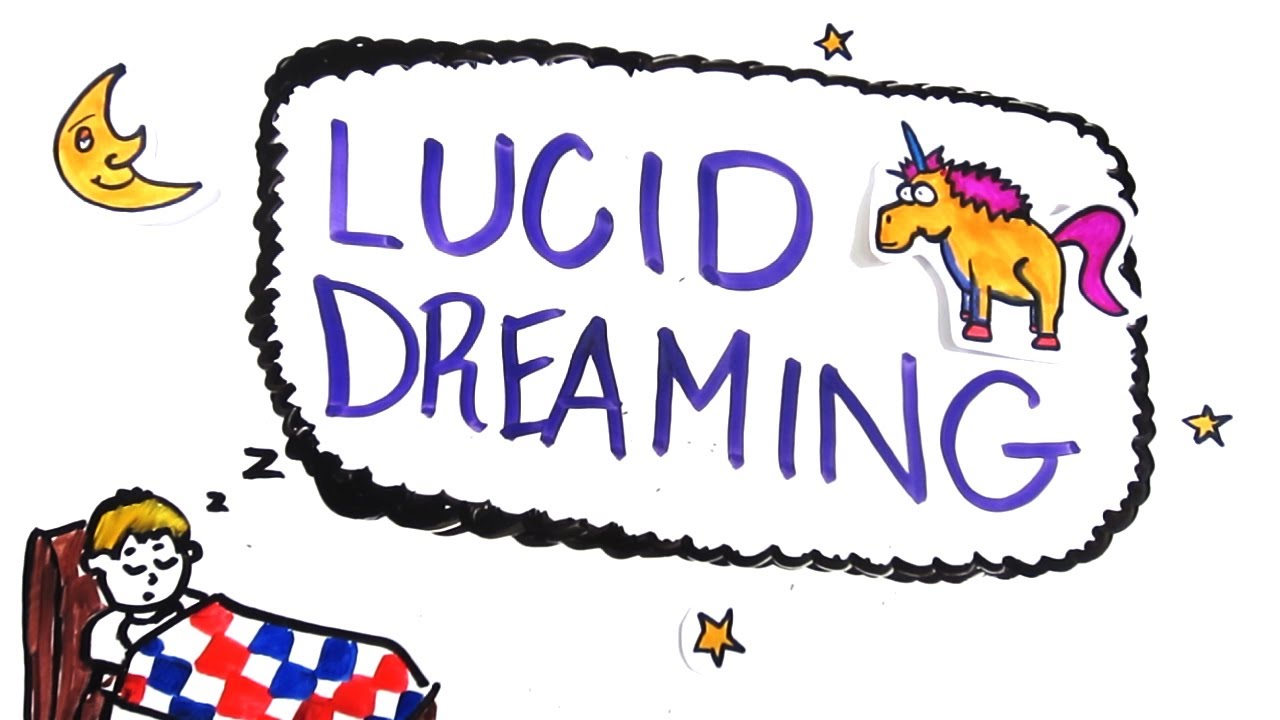“All fears are a reaction to something you believe to be true, you don’t have a feeling about anything if you don’t first have a belief about that thing, that circumstance or situation… that’s what fear is for. It is there to tell you, you have a belief that is out of alignment with who and what you truly are.” ~ Bashar
In our spiritual quest to unlock the ultimate “truth” of the universe, we come to a place where we seek to understand the role that fear and negative emotions play in our journey.
We know that nothing happens by accident and everything that is in our present reality must be there to serve a purpose… even the things we do not wish to experience or look at, such as pain, fear and suffering.
A common belief is that when fear has risen, we should have an intuition of sorts of what is true, going to be true or a premonition of what the outcome of a situation will be.
We think to ourselves, “my fearful thought about a particular situation must be my intuition of what is going to happen, and because I feel afraid, it must be indicating that there is a potential outcome of this situation that needs to be feared.”
And actually, nothing could be farther from the truth.
When we know that we live in a universe that always has our back, our best interests at heart and is always seeking to return us back to not only unconditional love, but also attempting to reveal to us our most authentic self, we see that fear can only be showing us exactly what is NOT true with a particular situation.
When we see things from this standpoint, we begin to form a new relationship with fear, sadness, grief, devastation, hopelessness, defeat, confusion, and frustration.
Instead of using these emotions as indicators of what is the truth of our present circumstance, we instead use these emotions as guideposts as to how far out of congruence we have become with the ultimate “truth” of the universe.
Put into the most simplest terms, the truth always feels good. So if you are not feeling good about your present situation, it can only be because you have bought into a belief that is out of alignment with the ever-loving, supportive and all-knowing intelligence of the universe.
So instead of being afraid when fear pops up, we can then use it as an indication that we need to dig a little deeper. We need to get to the root cause of the issue, which is the belief behind the belief, the core belief that is the cause of the fearful or negative emotion.
“Your fear is the indication that you’re clinging to something that the source within you does not cling to.” ~ Abraham-Hicks
By now you’re probably thinking that you have had a fear about something before that has turned into reality. There may have been something you were afraid was going to happen, such as losing your job, or your partner breaking up with you, and that very thing did come true.
So doesn’t that mean that the fear you had was real and actually indicating what was going to happen?
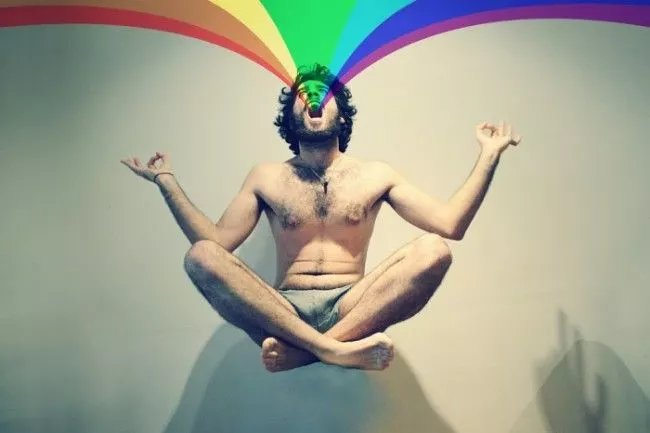
Well, yes and no. Technically, yes, you had a premonition of the outcome of a particular situation and the very thing you predicted would happen was what actually did happen, however, the issue is not with the outcome itself but with the fearful thoughts about the outcome.
Fear can only indicate that we are expecting something to happen that is not in our best interest, that is going to be “bad” (what we perceive to be “bad”), or that is going to somehow make us less of a person, if whatever is the object of our desire is taken from us. In these cases, we see that fear is the by-product of a faulty belief system.
It is the beliefs that we are holding on to about the way things “need” to happen, or “should” go in order to feel “good” or to feel as if things have gone “right”, that is causing the fear.
If we challenge these beliefs, we see that in actuality, they are not true at all. There is no thing that happens that isn’t ultimately making us better, wiser, stronger, and ultimately happier.
When we look at things this way, we see that anytime a fear-based emotion pops into our mind, the only thing we must do is determine the belief system that is behind the emotion. Once this happens we are able to start getting more in touch with our subconscious belief systems that may be lurking underneath the surface causing us problems in our life.
Below are some common fears and the belief system that causes them to help you get more in touch with the reasons why you may be feeling negative emotions about a particular situation. By simply bringing the light of our awareness to the belief systems we are able to unravel them from our subconscious mind. What is Fear really trying to tell us
1) “I’m afraid I will never be successful or live abundantly.”

This fear is most likely coming from a personal definition of success or abundance that is not in alignment with what the universe considers abundance, but rather what society is considering abundance. When this fear arises, question what your definition is, and alter it accordingly.
2) “I’m afraid I will never meet my soul mate.”
This fear often comes from the belief that one needs someone else to complete them.
When we begin to believe that we can feel whole and fulfilled just by ourselves, we not only stop expecting someone else to fulfill us, but eventually we draw to us another person who is their whole self as well.
3) “I’m afraid to go after the job/person/opportunity I really want to because I am afraid I will fail.”
This fear is another that has to do with a skewed definition. This time the definition of the word failure is what is important. Who determines what a “failure” is exactly?
Even if we don’t get the job, person, or opportunity we went after, if we change our definitions of failure from a defeat to the one of opportunity for re-direction, we see that nothing ever goes wrong for us. Either we get what we set out to do, or we are re-directed to something better.
4) “I’m afraid I will never be as wealthy, popular, funny, intelligent (insert any adjective here) as, the people around me.”
This fear stems from the belief that we need to be like others in order to not only be liked by them, but to achieve some sort of standard of what a person “should” be. But, you are unique! When we embrace our individuality instead of trying to live up to someone else’s standard, things will begin to change.
Life is an ongoing journey of using our thoughts, beliefs, and expectations to create the life that we truly want. Fearful emotions can serve us by showing us where we are still holding on to limited beliefs about life that are inhibiting us from living out our highest potential.
Instead of being overtaken by our emotions, we can use them as our guide and our compass to navigate our way to our best life ever.
Image Source

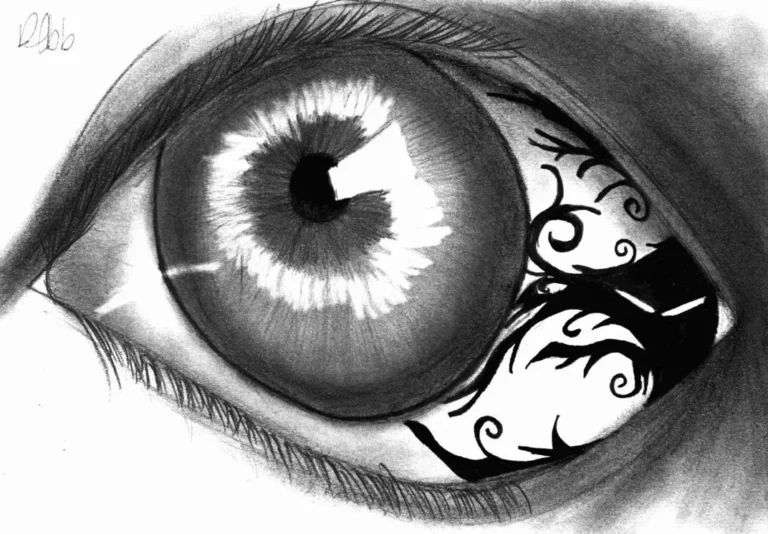



 Friends and Colleagues
Friends and Colleagues







